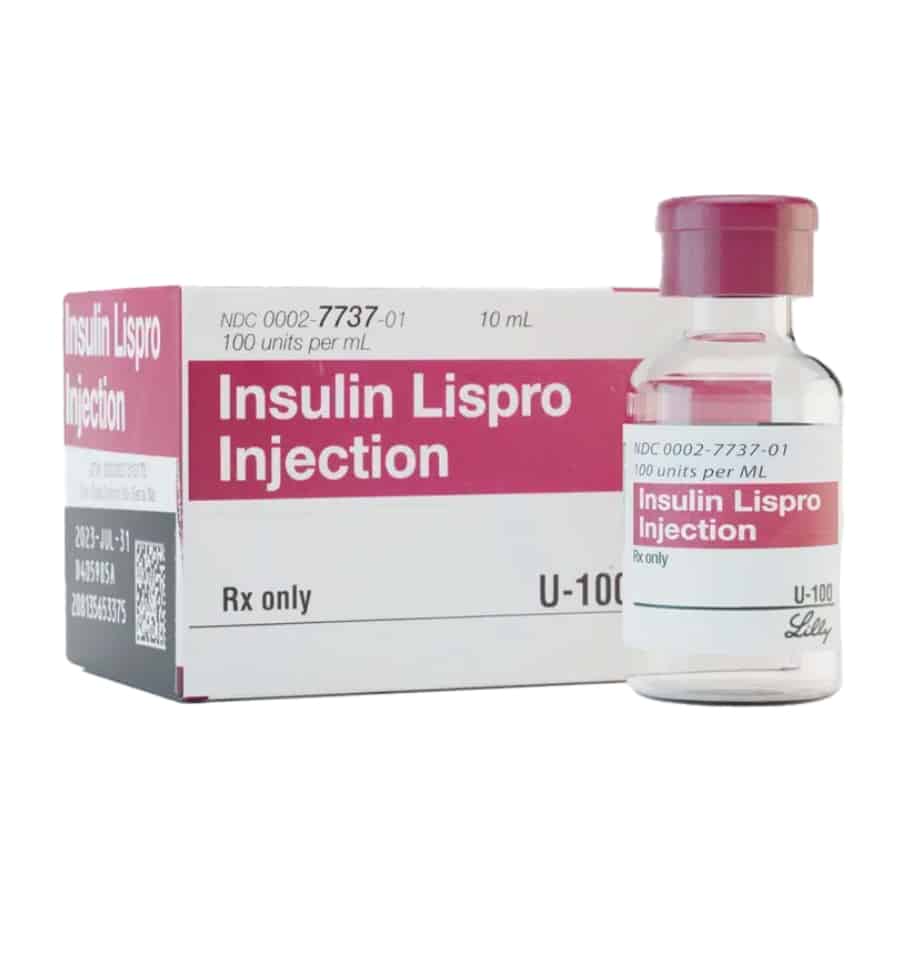
Late last year, the American Diabetes Association released new blood pressure guidelines. Also in 2023, new Medicare requirements for CGM went into effect. Get the latest on 2023’s Medicare and ADA changes here.
While it might seem like advice on diabetes treatment is effectively set in stone, our scientific understanding of this condition is constantly evolving. Because of that, leading diabetes organizations regularly review and update their diabetes management guidelines. The American Diabetes Association (ADA) released its 2023 diabetes guidelines on December 12, 2022—guidelines which include a new blood pressure goal for diabetics, updated lipid guidelines, and much more.
Do you want to ensure you’re meeting the ADA’s new blood pressure guidelines for 2023? Here’s an in-depth look at these guidelines and tips on meeting them from the experts at ADS.
2023 Blood Pressure Guidelines for Diabetes: What You Need to Know
It’s far from unusual for the ADA to update its guidelines on diabetes management. In fact, the association’s guidelines have been revised by the association’s Professional Practice Committee every year for decades, going back to 1989. In the process of updating these guidelines, committee members and other ADA employees overview new diabetes research and reach out to experts in the field.
Key themes for the ADA’s 2023 diabetes guidelines include:
- Prioritizing point-of-care A1C testing over lab-drawn A1C tests
- Encouraging more assertive approaches to caring for people at risk of diabetes
- Spreading the word about the potential increased risk of type 2 diabetes tied to using statin medication for lipid control
- New recommendations related to sleep health and physical activity in people with diabetes
- Managing obesity as a progressive, chronic disease
- Emphasizing the role of weight management in diabetes treatment and prevention
- Reducing risk factors associated with cardiovascular disease and focusing on treatment for these diseases
- Taking steps to prevent neuropathy and amputation
The Importance of LDL Control for Individuals With Diabetes
In keeping with the focus on avoiding and treating cardiovascular disease seen in this year’s version of the ADA guidelines, these guidelines include adjusted target LDL levels for people with diabetes. LDL, or “bad” cholesterol, is a form of cholesterol that can build up along your arteries. (In contrast, HDL cholesterol can deliver health benefits by absorbing LDL.)

Under the 2023 lipid guidelines, people between 40 and 75 with diabetes and risk factors for atherosclerotic cardiovascular disease (ASCVD) have an LDL target of less than 70 mg/dL. People who have diabetes and are already living with ASCVD have a target value of less than 55 mg/dL. On the other hand, some diabetes patients may be unable to reach their diabetic LDL goal through lifestyle changes. These people are advised to reduce their LDL level by at least 50 percent by using high-intensity statin medication and additional medications.
Achieving Diabetic LDL Goal: Tips and Strategies
Taking steps to improve your cholesterol is a wise idea if you have any type of diabetes—and even if you don’t. Some ways to start pursuing this goal include:
- Watch what you eat. Foods like fatty meats, processed foods, full-fat dairy products, bakery and fast foods are harmful for your cholesterol levels. That’s because they contain high amounts of saturated fat and, in some cases, trans fat. These two types of fat raise your LDL cholesterol.
- Avoiding trans fats. Eliminating partially hydrogenated oils from your diet is far easier than it used to be—the FDA recently banned these fats from foods sold in US grocery stores and restaurants. Even so, small amounts of these fats exist naturally in certain meat and dairy products.
- Eating more fiber. Soluble fiber can actively lower the amount of cholesterol absorbed into your bloodstream. You can add this fiber to your diet by eating whole grains, fresh fruits, and vegetables.
- Getting active. Getting even moderate physical activity most days of the week can increase your HDL levels, making LDL more manageable.
- Cutting out tobacco. Of course, not everyone with diabetes is a smoker. But if you do smoke, quitting can seriously improve your cholesterol.
- Losing weight. Having just a few extra pounds can affect your ability to manage cholesterol. Conversely, losing weight is one of the best ways to control LDL levels.
The Connection Between Diabetes and Blood Pressure
If you have diabetes, there’s a good chance that you’re also dealing with high blood pressure. This condition, also referred to as “hypertension,” is twice as likely to arise in people with diabetes compared to the general population. Making matters worse, high blood pressure is closely linked to increased heart attack and stroke risks.
To fully understand your blood pressure, you’ll need to know about the two numbers used to measure it—your systolic and diastolic blood pressure. Systolic blood pressure, the “top” number, focuses on your blood pressure mid-heartbeat. The “bottom” number, or diastolic blood pressure, expresses your blood pressure while your heart rests.
Blood Pressure Goals for Diabetes: How Low Should You Go?
The ADA’s updated standards include adjusted blood pressure targets intended to bring these standards in line with those issued by other leading organizations. As such, the 2023 blood pressure guidelines define “high blood pressure” as systolic blood pressure of 130 mmHg or greater, or diastolic blood pressure of at least 80 mmHg. You’ll need to work with your healthcare team to find your ideal blood pressure level, but this should give you a rough understanding of what a BP goal for diabetics should look like.
Lifestyle Changes to Help Reach Blood Pressure Goals
Are you not currently dealing with hypertension even if you have diabetes? If so, it’s in your best interest to keep things that way. To reduce your hypertension risk and continue meeting your BP goal for diabetics, you can:
- Get regular physical activity
- Eat the Dietary Approaches to Stop Hypertension (DASH)-style eating pattern including reducing sodium and increasing potassium intake
- Lower your average stress level
- Lose excess weight
- Stop smoking or decide not to start
- Keep a close eye on your blood pressure
- Avoid drinking alcohol in excessive amounts
If you have hypertension, you and your healthcare team will need to set up a blood pressure treatment plan. Factors that can influence your treatment method include:
- Your medical history, age, and health
- Future blood pressure expectations
- Your current blood pressure level
- How you tolerate procedures, therapies, and medications used to control hypertension
- Your thoughts on how to treat this condition
Whether you have hypertension or simply want to reduce your risk of this condition, avoiding stress is a great way to meet the ADA’s new blood pressure guidelines. One all-too-common source of stress for many people with diabetes is the need to keep up with their supply needs. To get regular, reliable shipments of the supplies you need to manage diabetes, take a look at ADS’ online shop today!
2023 Medicare Coverage Updates for CGM and Insulin
Let’s end this piece on a high note! 2023 saw increased access to life-saving continuous glucose monitors and a long-awaited cap on the price of insulin. Let’s dig into the details for these two bits of great news.
Expanded CGM Coverage Under Medicare or Medicaid
As the national health emergency caused by Covid-19 ended in April of 2023, many people with diabetes wondered what would happen to their continuous glucose monitor access.
Before the pandemic, Medicare Part B beneficiaries who used a continuous glucose monitoring (CGM) device had to meet with their doctor in person to get a prescription and again whenever they needed refills. They were also required to perform four manual blood sugar fingerprick tests per day to maintain coverage for CGM therapy.
During the national emergency these stringent guidelines were relaxed, allowing patients to use telehealth (remote) doctor’s visits and completely removing the fingerstick requirement.
Now, as of April 16, 2023, the Centers for Medicare and Medicaid Services (CMS) rolled out an even better CGM coverage policy for patients living with diabetes. This policy extend CGM coverage to T1D and T2D patients who treat their diabetes with insulin. Full stop. No more multiple fingerstick requirements! Additionally, non-insulin-using individuals with diabetes can use Medicare for CGM coverage if they have a documented case of “problematic hypoglycemia.” Read a summary of these changes here.
It’s important to note that private insurers take their coverage cues from CMS, so if you haven’t qualified for a continuous glucose monitor in the past, now’s the time to give ADS a call to see if these expanded requirements will work for you.
Insulin Cost Caps
In fall of 2022 the Biden Administration signed into law the Inflation Reduction Act. Within this Act was a policy to cap insulin costs at $35/month for patients with Medicare Part D, which is Medicare’s drug coverage. This Act went into effect on January 1, 2023.

For those not on Medicare Part D, the CMS helpfully extended the enrollment period just for those who use insulin. This Special Enrollment Period allows those on Medicare to add Part D coverage through the end of 2023.
Learn more about Medicare’s coverage and insulin costs at https://www.medicare.gov/coverage/insulin
Get CGM and Insulin from ADS
If you’re looking for a reputable supplier of diabetes equipment and insulin, consider ADS your one-stop shop! Have your insurance or Medicare benefits checked here, browse the CGM selection here, and get insulin shipped to your door here. ADS is ready to help make 2023 the year you worry less about diabetes care!
